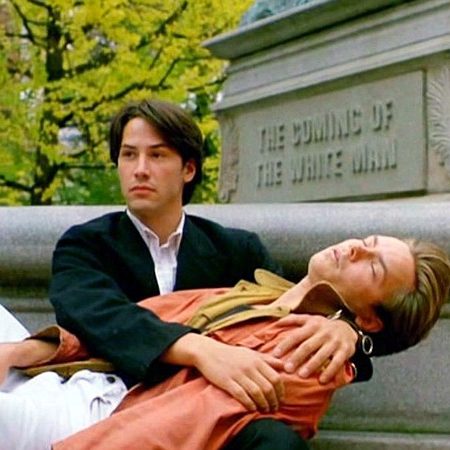
The Salesman begins with what sounds like an earthquake and ends with a tremor, faint but as punctual as a curtain drop. In Asghar Farhadi’s film, metaphoric distance collapses. Emad (Shahab Hosseini), a teacher of literature and part-time actor, struggles with the appropriate response to his wife’s assault in their new apartment. In addition, he and Rana play the Lomans in a Tehran production of Arthur Miller’s dreaded repertory warhorse; if there was ever a chance to showboat it’s Emad playing the biggest, greatest deluded sucker in American theater. But the director of 2011’s A Separation, sketching a what-if, prefers subtler tints.
It turns out that what shook the walls and cracked panes wasn’t an earthquake: a construction project has started next door. Emad and Rana learn that the former occupant of their flat, an unidentified woman, has left her stuff. Farhadi’s camera watches the actors for a few minutes as they unpack their own possessions, the tensions of moving obvious in the couple’s curt smiles and terser sentences. The actual assault Farhadi stages with a quiet menace that makes Hitchcock look like Roger Corman: the apartment door, open for an expected Emad while Rana showers; the camera lingers on the door, like a prowler about to jimmy a lock. Wisely, the audience sees neither the assault nor the attacker, just the consequences: Rana’s bruised, bloodied face. But she still has rehearsals for Death of a Salesman to finish. An embarrassed Emad, male rage inseparable from his sympathy, is flummoxed at her reluctance to call the police, to persist as normal. Naturally their performances reflect the tumult, in the film’s most predictable turn. Farhadi reins in Hosseini, who resembles a doleful Colin Farrell; the performance is a classic slow boil. Frustrated, Emad takes matters in own hands, helped by a lucky development: the assailant, in a panic no doubt, left his phone in the flat.
Using POV shots over the shoulder, Farhadi establishes a you-are-there imminence, and unlike Jafar Panahi and the late Abbas Kiarostami he lavishes his actors with closeups. The Salesman is precisely modulated, perhaps too precise. It turns out that the assailant confused Rana with the flat’s previous occupant. “A woman with lots of acquaintances,” a neighbor says – a prostitute named Ahoo, never seen but a spirit of discord, another sort of tremor. While I understand the dramatic imperative of keeping Amoo offscreen, the film’s shift from Rena’s responses (Taraneh Alidoosti is wonderful) to Emad’s desire for vengeance unfolds as if Farhadi thought upending liberal pieties had a more compelling shimmer: the man of culture, the teacher of canonical Western texts, succumbing to blood lust.
It’s to Farhadi’s credit that The Salesman doesn’t devolve into Straw Dogs in Tehran. The picture’s last thirty-five minutes, whose details I won’t disclose, show Farhadi’s talent for putting the screws into his audience at its ghoulish peak; you won’t move while it unfolds. But when this act ends – I mean the term literally in this case – it leaves a rather sour aftertaste. I got the sense that a good filmmaker abjured complexity for a plot twist that his other work has already shown he could handle. Perhaps he thought, plausibly, that his script and tonal control had done preparation enough. As Emad and Rana understand what they imagine their fate has led them to, Farhadi isolates them in separate frames, which makes unfortunate sense: Rana matters less than what she has unleashed in Emad, for, after all, Linda Loman is a piece of machinery designed to set Willy’s delusions of grandeur in relief.
GRADE: B
